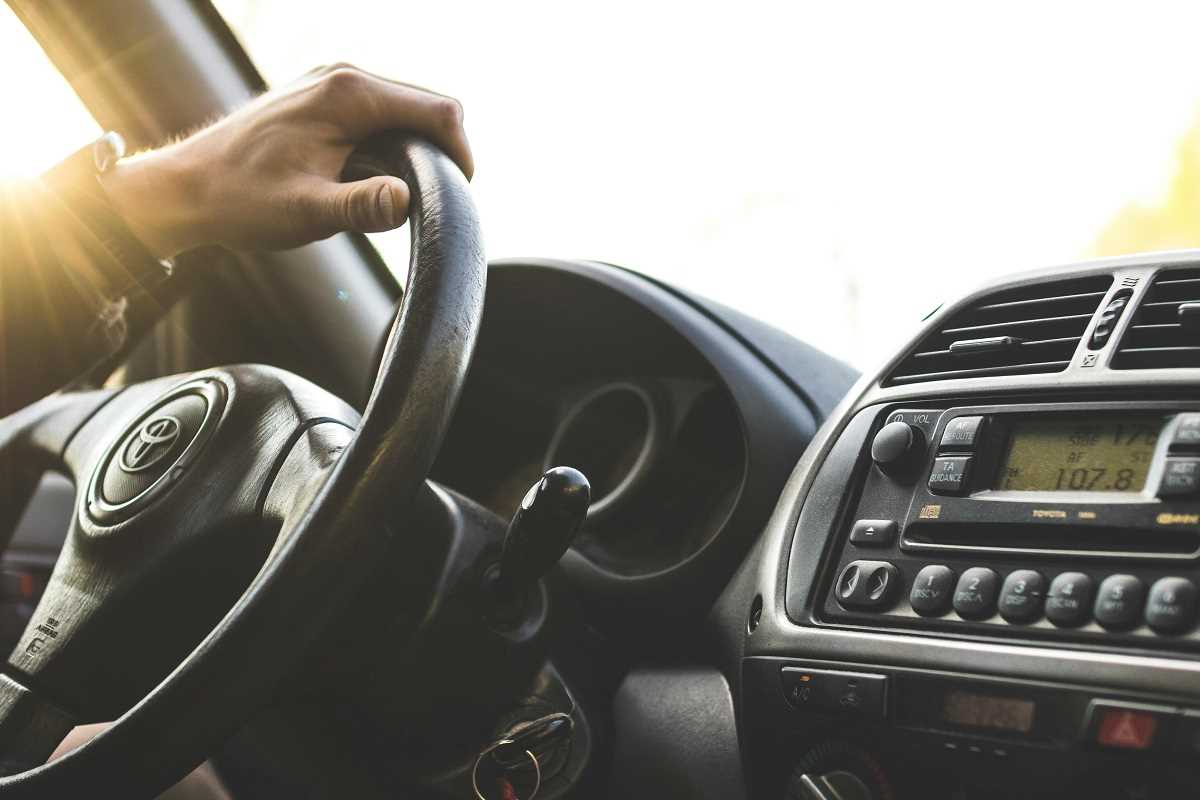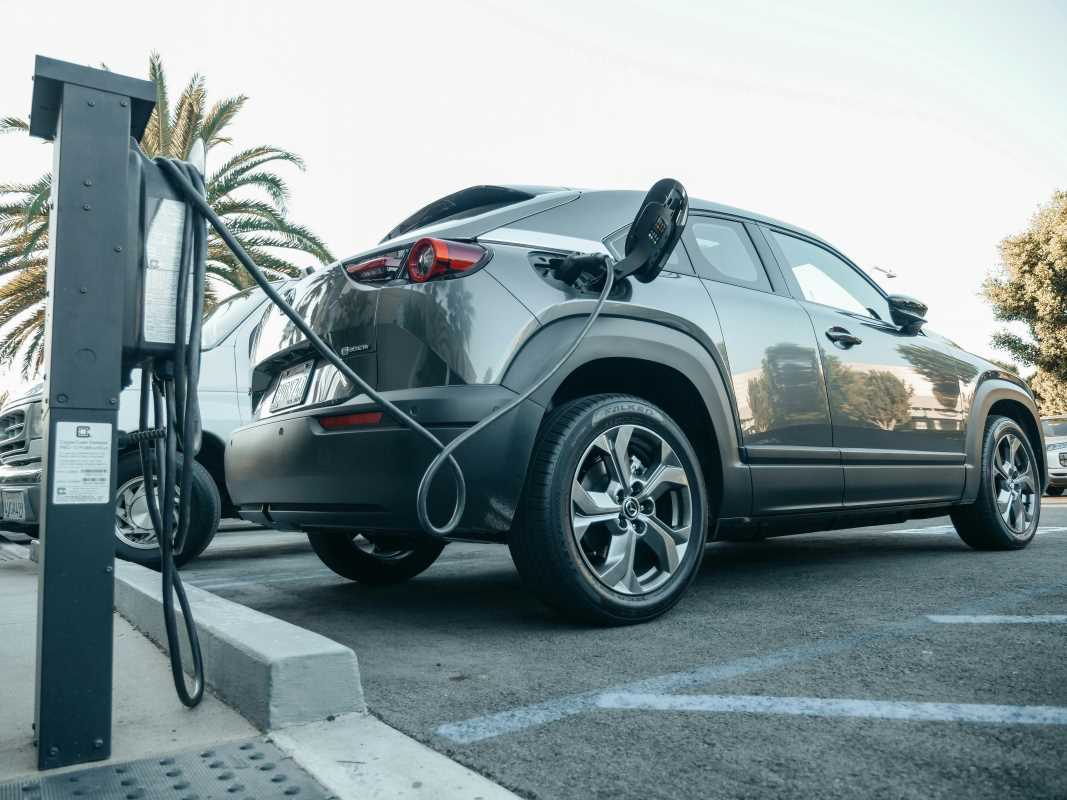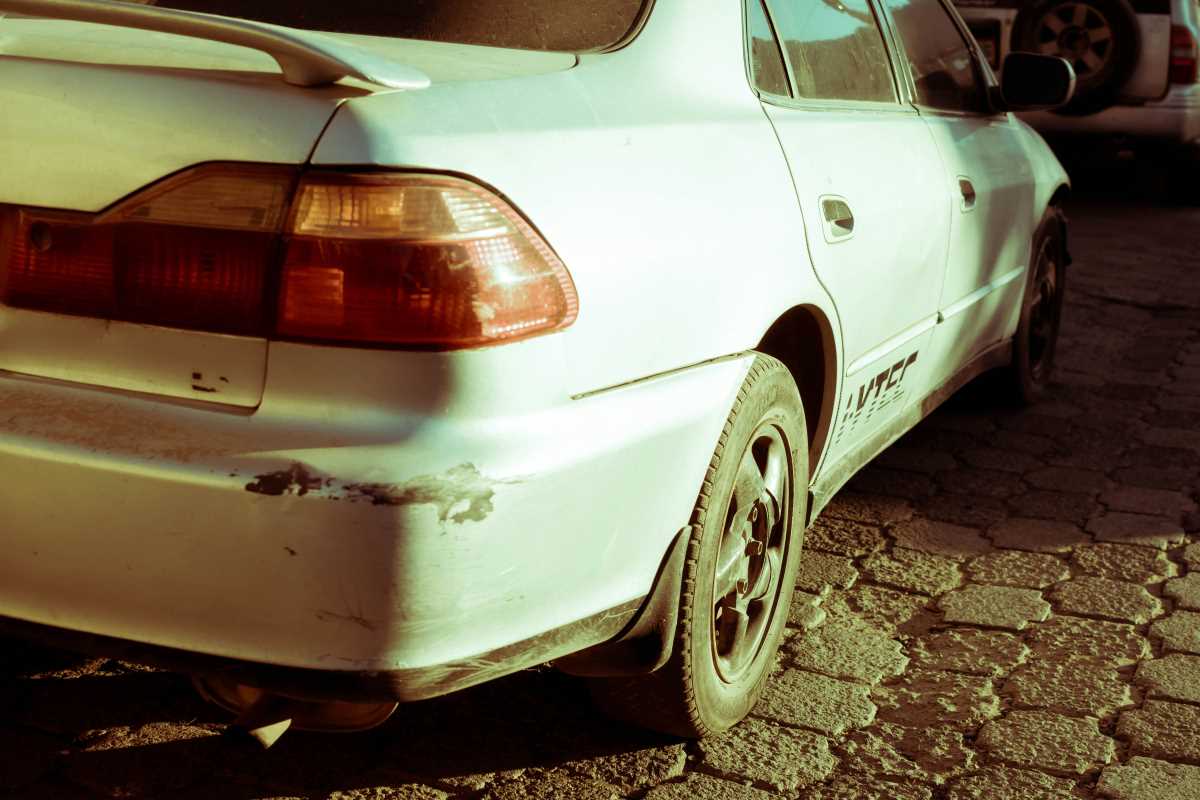Shopping for a car, especially a used one, can be a dicey experience. But there’s a not-so-secret code that could save you from buyer’s remorse, and it’s been hiding in plain sight on every vehicle since 1981. Enter the VIN, or Vehicle Identification Number, a 17-character string of numbers and letters that’s like a car’s fingerprint. Want to know a car’s true history, hidden features, or potential red flags? Your first detective tool is the VIN.
Learning how to decode this alphanumeric puzzle may sound techy, but it’s easier than you think. And trust us, the payoff is huge. Being armed with insights based on the VIN can help you make smarter decisions, avoid lemons, and drive away like the savvy buyer you are.
Getting to Know the VIN
The VIN is not just a random set of numbers and letters; it’s a carefully designed alpha-numeric code with each character carrying significant information about the vehicle. Think of it as the car’s autobiography. But...it’s only useful if you’re able to translate it.
Typically, you’ll find the VIN in a few spots. Look at the lower-left corner of the dashboard on the driver’s side, where it’s visible through the windshield. It’s also etched on the driver’s side door frame, and it’ll pop up on the car’s title, insurance docs, and registration paperwork. Treat this string of characters like treasure. It’s your key to unlocking a car’s history and true identity.
What the VIN Tells You
If you’re wondering why those 17 numbers and letters matter, the answer is simple: they reveal a wealth of information that’s crucial when purchasing a car. A VIN can tell you the car's year, make, model, and manufacturing plant. It also includes information about the engine type, safety equipment, trim level, and even the original features the car left the plant with.
But that’s not where the usefulness ends. With the help of online VIN decoding tools or services, you can uncover historical data like accident reports, mileage discrepancies, title status, and any recalls the car might still have outstanding. When you’re buying a used car, this kind of intel is invaluable.
Breaking Down the VIN Codes
Now, what does each section of the VIN actually mean? Think of it as a story told in three acts. Here’s a breakdown of how it all plays out:
- First Three Characters (World Manufacturer Identifier): These identify the car’s manufacturer and the region it was made. For example, if the VIN starts with “1” or “4,” it was made in the U.S., while “W” stands for Germany.
- Middle Section (Vehicle Description Section): Characters four through eight give the juice on the vehicle. Expect details about body style, engine type, restraint systems, and more. This section is where you learn if that car has a turbocharged engine or if it’s a hybrid.
- Ninth Character: This is the check digit, which helps ensure the rest of the VIN is accurate. This part is less fun for car nerds but crucial for verification.
- Tenth Character (Model Year): Here’s where you pinpoint the car’s birthday. Each letter corresponds to a specific year. For example, "A" means 1980, "B" means 1981, and so on. Quick note? After 2009, they start using numbers (e.g., "A" stands for 2010).
- Eleventh Character: This identifies the manufacturing plant.
- Last Six Characters: This specific sequence is the car’s serial number, which is unique to that individual vehicle. Think of it as the final name tag.
Decoding looks complex, but online tools or free websites like NHTSA.gov (that’s National Highway Traffic Safety Administration) help unravel it in minutes.
Red Flags to Watch For
While decoding a VIN can fill your head with useful information, it can also raise some major red flags. Pay attention to these potential issues:
- Salvage Titles: If the VIN shows the vehicle has a salvaged or rebuilt title, proceed with caution. While these cars aren’t always doomed, they may require extra maintenance down the road.
- Mileage Rollbacks: VIN reports often track mileage over time. If you spot an odometer reading that doesn’t match or seems significantly lower than expected, something’s fishy.
- Unreported Accidents: Accidents minor enough to avoid insurance claims might not show up, but major ones likely will.
- Lapsed Recalls: Is there an open recall that hasn’t been resolved? The VIN will tell you, giving you the chance to get it fixed for free (yes, free).
- Stolen Status: A VIN check can often reveal if a car has been reported stolen, which is definitely something you want to avoid.
Arming yourself with this knowledge gives you leverage. Spot any deal-breaking red flags? Walk away confidently.
Getting the Most Out of Free VIN Decoders
Thanks to technology, decoding a VIN no longer requires expertise or a Rosetta Stone. Several free or affordable tools are at your fingertips. Plug the VIN into trusted platforms like the National Insurance Crime Bureau (NICB), NHTSA, or commercial services like CARFAX or AutoCheck.
Free services will usually give you the basics like manufacturer info, body style, and model year. Premium services, meanwhile, will add layers of detail, like accident history, mileage patterns, and any changes in ownership.
Think of it as peeling an onion. Each layer tells you more, and when buying a used car, more is always better.
The Insurance Implications
When you’re armed with VIN information, it’s also easier to predict insurance rates. Insurance providers often use VIN data to evaluate risk factors. For example, a vehicle's safety features, age, and accident history might all impact your premiums.
By decoding the VIN ahead of time, you can anticipate whether the car you’re eying is insurable at a price that fits your budget. Bonus points? Being proactive makes it easier to avoid surprises when you want to seal the deal.
Spotting Fake VINs
Yes, fake VINs are a thing, and they’re not just the stuff of Netflix crime dramas. Shady sellers might tamper with or falsify VINs to hide a car’s real identity or history. When this happens, the VIN might point to a clean title or nonexistent recalls, which could lull buyers into a false sense of security.
To protect yourself, cross-check the VIN everywhere it’s stamped on the car. Look at the dashboard, door frame, title documents, and even under the hood if possible. If anything doesn’t add up, walk away. Your gut is your best anti-scam tool.
How Sellers React to VIN Requests
Here’s an insider tip. A trustworthy seller will be more than happy to share the VIN and answer your questions. If someone hesitates, dodges the query, or plays dumb, their transparency might be as rusted as an old muffler.
Similarly, if the provided VIN has any errors (or “fat-fingered typos”), consider it a red flag. A good seller wants you to trust the process, not doubt it.
 (Image via
(Image via





